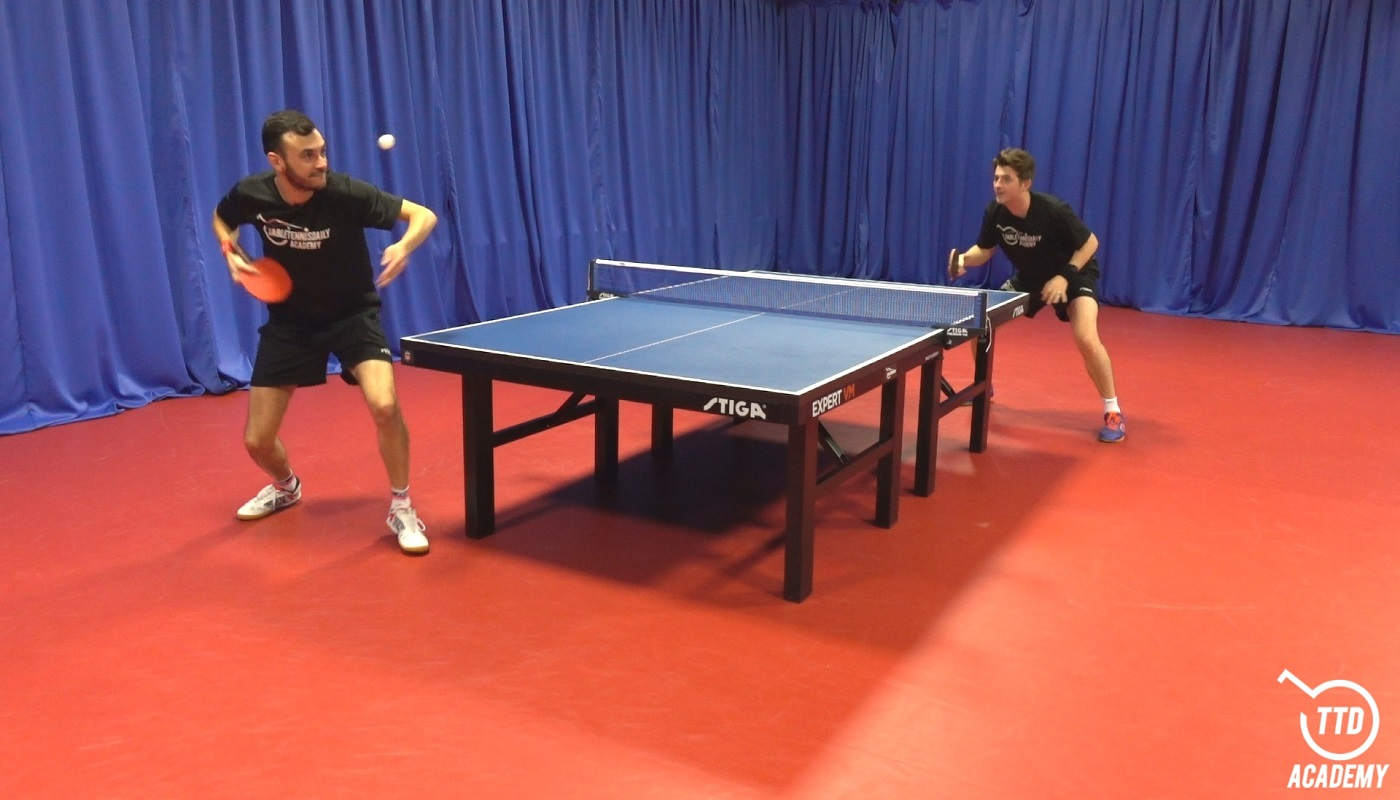
Skateboarding Injury Prevention Tips
Skateboarding is a popular and exhilarating sport enjoyed by people of all ages and skill levels. However, it’s also a high-risk activity with the potential for serious injuries. While the thrill of skateboarding is undeniable, prioritizing safety and injury prevention is crucial. This comprehensive guide will equip you with the knowledge and strategies to minimize your risk of injury, allowing you to enjoy skateboarding to the fullest while safeguarding your well-being.
Understanding Skateboarding Injuries
Before diving into prevention, it’s essential to understand the common types of skateboarding injuries:
- Wrist Injuries: These are among the most frequent, often resulting from falls where the hands instinctively reach out to break the fall. Fractures, sprains, and dislocations are common.
- Head Injuries: Head impacts can range from minor concussions to severe traumatic brain injuries (TBIs). Wearing a helmet is paramount to mitigating head injury risk.
- Knee Injuries: Falls and forceful impacts can lead to ligament sprains (ACL, MCL, LCL), meniscus tears, and patellar dislocations.
- Ankle Injuries: Ankle sprains and fractures are common, often occurring from landing awkwardly or twisting the ankle.
- Elbow Injuries: Similar to wrist injuries, elbow fractures, sprains, and dislocations can result from falls.
- Abrasions and Lacerations: These are common "road rash" injuries from sliding on the ground during a fall.
Essential Protective Gear: Your First Line of Defense
Investing in high-quality protective gear is non-negotiable for minimizing injury risk. This includes:
- Helmet: A properly fitted helmet is the single most important piece of protective gear. It should meet safety standards (e.g., CPSC, ASTM) and fit snugly without being too tight. Replace your helmet after a significant impact.
- Knee Pads: Knee pads provide crucial protection against scrapes, bruises, and more serious knee injuries. Choose pads that are comfortable, well-fitting, and provide adequate cushioning.
- Elbow Pads: Similar to knee pads, elbow pads protect against impact injuries to the elbows. Look for pads with good coverage and comfortable straps.
- Wrist Guards: Wrist guards are vital for preventing wrist fractures and sprains. They should be snug and provide support to the wrists.
Proper Technique and Training: Mastering the Fundamentals
Developing proper skateboarding technique is fundamental to injury prevention. This involves:
- Start Slowly and Gradually Progress: Don’t try to learn advanced tricks before mastering the basics. Progress gradually and build a solid foundation of balance and control.
- Find a Safe Location: Practice in a smooth, flat area free from obstacles, traffic, and hazards. Avoid skating on uneven surfaces, in crowded areas, or on roads.
- Learn to Fall Properly: This may seem counterintuitive, but knowing how to fall safely can significantly reduce the severity of injuries. Try to relax your body, protect your head, and try to roll with the fall.
- Take Breaks: Avoid skateboarding for extended periods without rest. Fatigue can impair judgment and coordination, increasing the risk of falls.
- Proper Stance and Posture: Maintain a balanced and stable stance while skating. Avoid leaning too far forward or backward.
- Practice Regularly: Consistent practice helps improve balance, coordination, and control, reducing the likelihood of falls.
- Enroll in Skateboarding Lessons: Professional instruction can help you develop proper technique and learn safe skating practices.
Skateboard Maintenance and Selection:
- Choose the Right Skateboard: Select a skateboard that’s appropriate for your skill level and riding style. A well-maintained skateboard is less prone to malfunctions that can cause accidents.
- Regular Maintenance: Check your skateboard regularly for loose bolts, worn-out wheels, or damaged decks. Replace worn parts promptly.
- Proper Wheel Maintenance: Ensure your wheels are properly inflated and free from debris. Regular cleaning and lubrication can prolong wheel life and improve performance.
- Inspect your Bearings: Regularly check and clean your bearings. Worn or damaged bearings can affect your control and increase the risk of falls.
Physical Fitness and Conditioning:
- Strength and Conditioning: Stronger leg and core muscles improve balance, stability, and overall control while skating. Incorporate exercises that target these muscle groups into your training regime.
- Flexibility: Good flexibility improves range of motion, reducing the risk of muscle strains and injuries. Include stretching exercises in your warm-up and cool-down routines.
- Cardiovascular Fitness: Good cardiovascular health enhances endurance and stamina, allowing you to skate for longer periods without fatigue.
Environmental Awareness and Risk Mitigation:
- Check the Surface: Always inspect the surface you’re skating on before you start. Avoid skating on uneven surfaces, loose gravel, or wet surfaces, which can increase the risk of falls.
- Be Aware of Your Surroundings: Pay attention to your surroundings and be aware of obstacles, pedestrians, and other traffic. Maintain a safe distance from other skaters and avoid crowded areas.
- Skate in Well-Lit Areas: Avoid skating at night or in poorly lit areas. Good visibility helps you avoid obstacles and other hazards.
- Wear Bright Clothing: Wearing bright-colored clothing increases your visibility to others, making it easier for drivers and pedestrians to see you.
Post-Injury Care and Recovery:
- RICE Method: In case of injury, follow the RICE method: Rest, Ice, Compression, and Elevation.
- Seek Medical Attention: If the injury is severe, seek immediate medical attention.
- Physical Therapy: Physical therapy can help you recover from injuries and regain strength and mobility.
Conclusion:
Skateboarding offers a thrilling and rewarding experience, but safety should always be a top priority. By following these injury prevention tips, you can significantly reduce your risk of injury and enjoy the sport to the fullest. Remember that proper gear, technique, training, and awareness are essential elements in staying safe and healthy while skateboarding. Always prioritize safety, and let the fun roll on!



